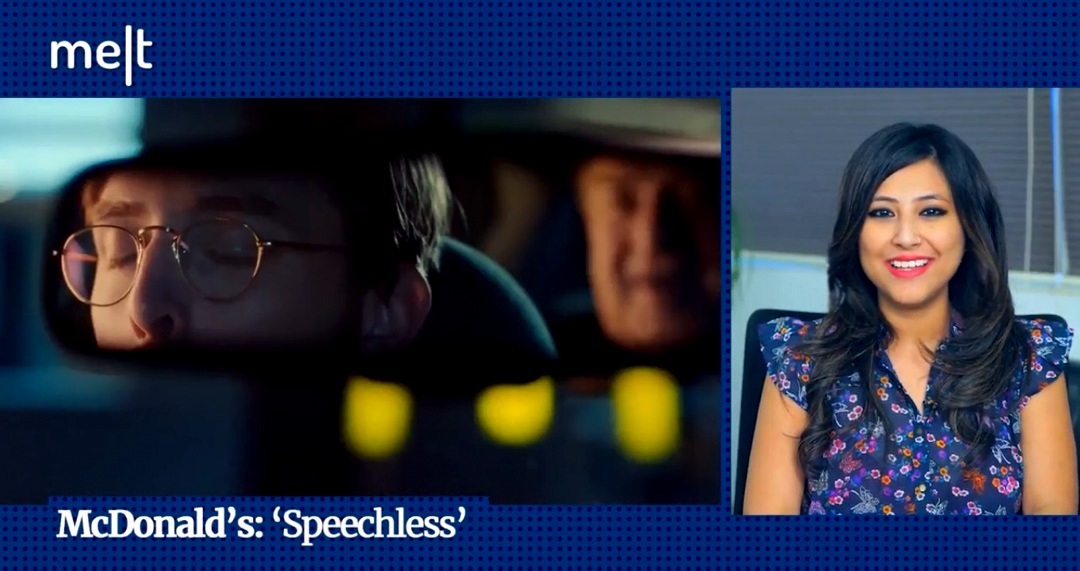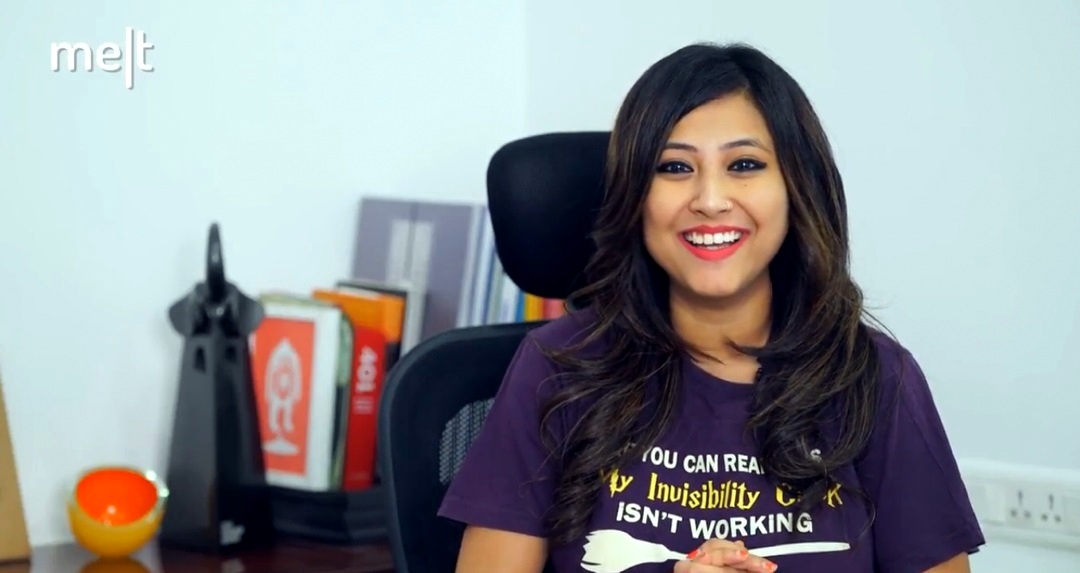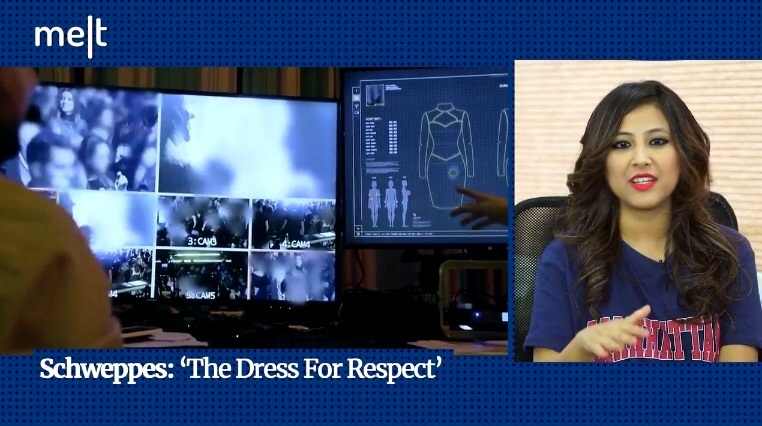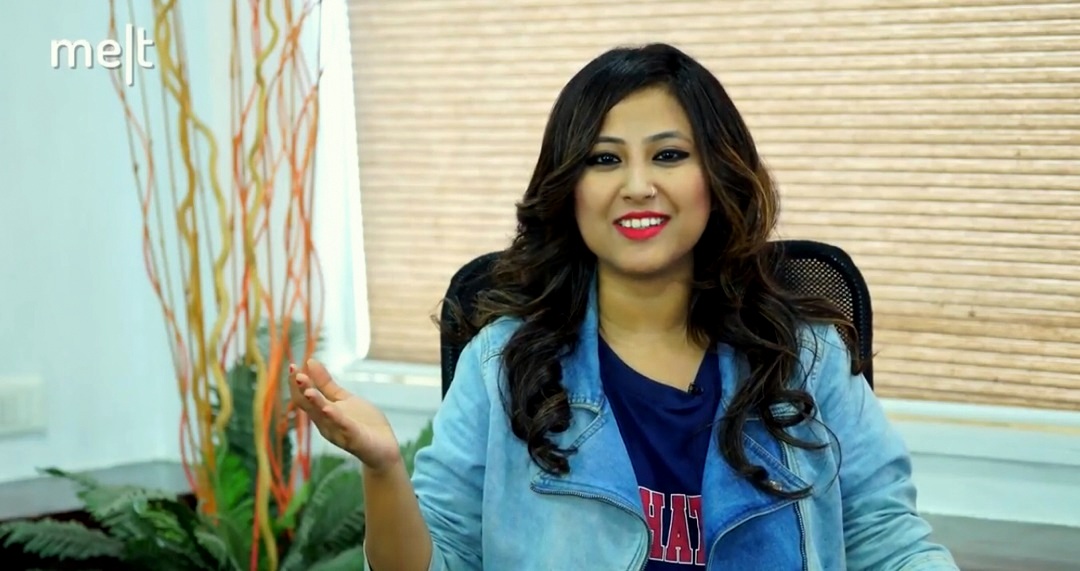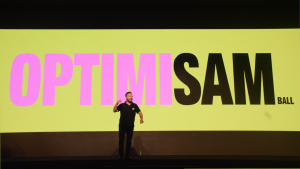
Do you get inspirations when it comes to art, within or outside of advertising?
Actually, I rarely look inside advertising to get any kind of inspiration. As soon as you start doing that, you suddenly stop making advertisement. I think the best advertising doesn’t do anything like advertising at all. Because these days, advertising has to compete with anything – the best movies, the best TV shows or the best music. I rarely look at advertisements for inspiration.
Then where do you draw your inspiration from?
Well, I try and look at places that other people aren’t looking. Of course you have the usual suspects like films, books and television, but generally, the kind of inspiration that affects you, are found in places that you don’t expect. Inspiration can be found in a story you heard at a bar in night, inspiration can be from an overheard conversation at the back of a bus. You know everyone else is looking at websites or films for inspiration, but these are the nuggets of life that you need to seek out for inspiration.
What is the scope of an artist in a world that’s going digital?
I don’t think that the scope of an artist in a digital world is any different than the scope of an artist in an analog world. If you look at most artists’ history, they play with the tools or technology that are available to them. Picasso didn’t just paint on canvas, he also painted on glass and moulded pottery. The Beatles introduced different kind of instruments into their music. So, forget digital, the creative process remains the same… to make something novel, something exciting, something that will stir something in someone.
You said that genuine, interesting ideas can come from people outside the industry. For example, for the client Converse, you mentioned that an investment banker had conceptualised an on-ground brand activation called “Shoplift”, where you can keep the pair of Converses that you steal, if you don’t get caught. That’s quite an unusual idea for a campaign…
Well, it didn’t run. It was purely a conceptual thing. I injected the creative department with a bunch of people that never worked in advertising, real oddballs, like people from the sports world, poets, bankers. The point behind that was, when you inject diversity of thoughts and novelty into your creative process, what you get out of it in the end of it, changes. I think with the experiment worked and it wouldn’t have reached the place where it reached had it not been for the inputs from these people. So that was an important lesson there. But it was just a conceptual idea. Although Converse should make it, shouldn’t they? (Laughs)

You were the Creative Director at Tribal DDB London and then became the Founding Partner of Lean Mean Fighting Machine. In all these years of advertising, is there any one campaign you’ve worked on that remains a personal favourite?
There’s one. It was an odd campaign. It was for Domestos, a bleach that you wash toilets with. They tried to raise awareness on World Toilet Day (November 19) and how to bring in sanitation to third world countries. In the UK, everyone takes it for granted that you go to the toilet, you flush it, and it is taken care of. It disappears. But half the world’s population doesn’t have that luxury. So Domestos was trying to bring in awareness about that to the people of UK so that they would donate to charity. And we had this nice idea that we almost didn’t present, because we thought it was a bit odd and silly. We thought of creating a website called a Flush Tracker. The idea was, when you poop, you flush it, you put your postcode in and you can follow the journey of your poop through the sewers. We thought they’re never going to buy it. But the client bought it and the people loved it… and it got on TV & websites and people were talking about it. I don’t think the website is still out there, but it was one of those low-budget creative ideas that worked. It’s one of the examples of, when you have those silly ideas, get them out and present them. (Smiles)

When it comes to brands, how do consumers look at design?
It’s a good question. I think for the best brands, people don’t think too much about it. You can tell a Nike or an Adidas poster from a 100 yards, without seeing the rest of it. It takes time to build a brand, a brand that people recognise and associate themselves with. It can’t be done overnight. But it can be done over time. Design is just a part of ads… how do we get someone to look at that brand over some other brand. Design can help pushing the brand across.
Do you think brands can charge a premium on their products based on the design?
I don’t think brands can just rely on the look and how it is designed. Brands can charge premium on other things these days, not just the look, but on the heritage of the brand, socially what the brand is doing… they’re just trying to make money or they’re also giving back to the world. That’s the good thing about the Unilever brand. They sell a lot of things, they’re doing so well, but they also try giving something back to the environment, be it with their packaging and other things. They’re upfront about it. It’s good for their business and they don’t try to hide that fact. So for the brands behaving well, being social is better for their business, than just pure design. The best designed company in the world with the best logo, can be destroyed with one wrong foot forward. Now with the internet you can look at anything. For example, Uber is getting a lot of backlash in London at the moment. If the brand looks back, their design is going to look the same, but their social responsibility is what that needs to change. That’s going to affect the brand’s look and feel.
Talking about the internet, thanks to this digital world now, how has advertising changed over the years? Do you think differently now while creating campaigns, than say, what it was like 10 years back?
The process of advertising is still the same. I think the difference is, back then you just needed a magazine, a poster or a captive audience watching TV. You could simply pay to put those ads in front of people. But now, there’s a lot of competition for those eyeballs. When I grew up, there were four TV channels in the UK – two of them were BBC with no advertising. There were only two channels you could put TV ads on, you knew everyone would see it. Now there are a 100 channels and you can skip them, you can pause them. And then there’s the internet. While it’s easier to deliver more messages, it’s harder to get noticed. So it needs to look less and less like ads because it needs to compete with other things that aren’t advertising.
Any particular Indian commercial that you really liked recently?
Nothing comes to mind. But if you ask me the same for any ads from the Australian industry or the Chinese industry or even UK, I won’t be able to answer. I don’t look at advertisements much. It know it sounds odd coming from a person who has worked in advertising for 15 years.
You’ve spoken about your little daughter Birdie who has taught you to be an optimist, to not care about what others think. What’s that one lesson you’ve learned from her that you’ve practically applied in your field of work?
Well that one lesson is, to think like a kid. Because, when you’re a child, you’re the most imaginative, most creative, most uninhibited. But as we grow older, we build these obstacles and barriers. They’re just invented barriers that stops us because we’re afraid of looking silly in front of others. But sometimes, the silliest ideas, like the Flush Tracker idea, are the best ideas you’ve ever had. So yeah, think like a child and act like a child. You’ll be more creative, more optimistic and you’ll be true to yourself.
When a client gives you a brief, where do you draw the line when it comes to your own creativity? Is there a clash sometime?
I’ll tell you why clients and agencies clash often. Because, they don’t necessarily have the same goal.The creative team might have a different goal, the planner might have a different goal and the client might have a different goal… and the problem is, all these people think they’re going to do it in a certain way. The client is probably thinking ‘I just want to sell this stuff’. As a team, you need a common goal. And as long as you get there and have an upfront frank conversation with a bit of honesty between the agency and the client, that’s how the best works get produced. The best work I produced have always come down to brilliant clients. Find the best clients, find the inspirational clients, find the clients that appreciate novelty and newness. Those campaigns are going to be successful.
If you have only one message that you could give to the clients, what would it be?
I think, agencies to clients should be more frank with each other. And, don’t worry about having harmony in meetings. Some of the best work has come out from disharmony and disagreements. And if you disagree with a client’s with the creative, there’s no hard feelings. Later you’ll be friends again. Someone in advertising had once told me, ‘back in the day, you could have a brazen argument with a client and go for dinner afterwards. But now-a-days everyone is too soft and little bit flaky.’ So, be honest with each other. That’s the way to make good work.
